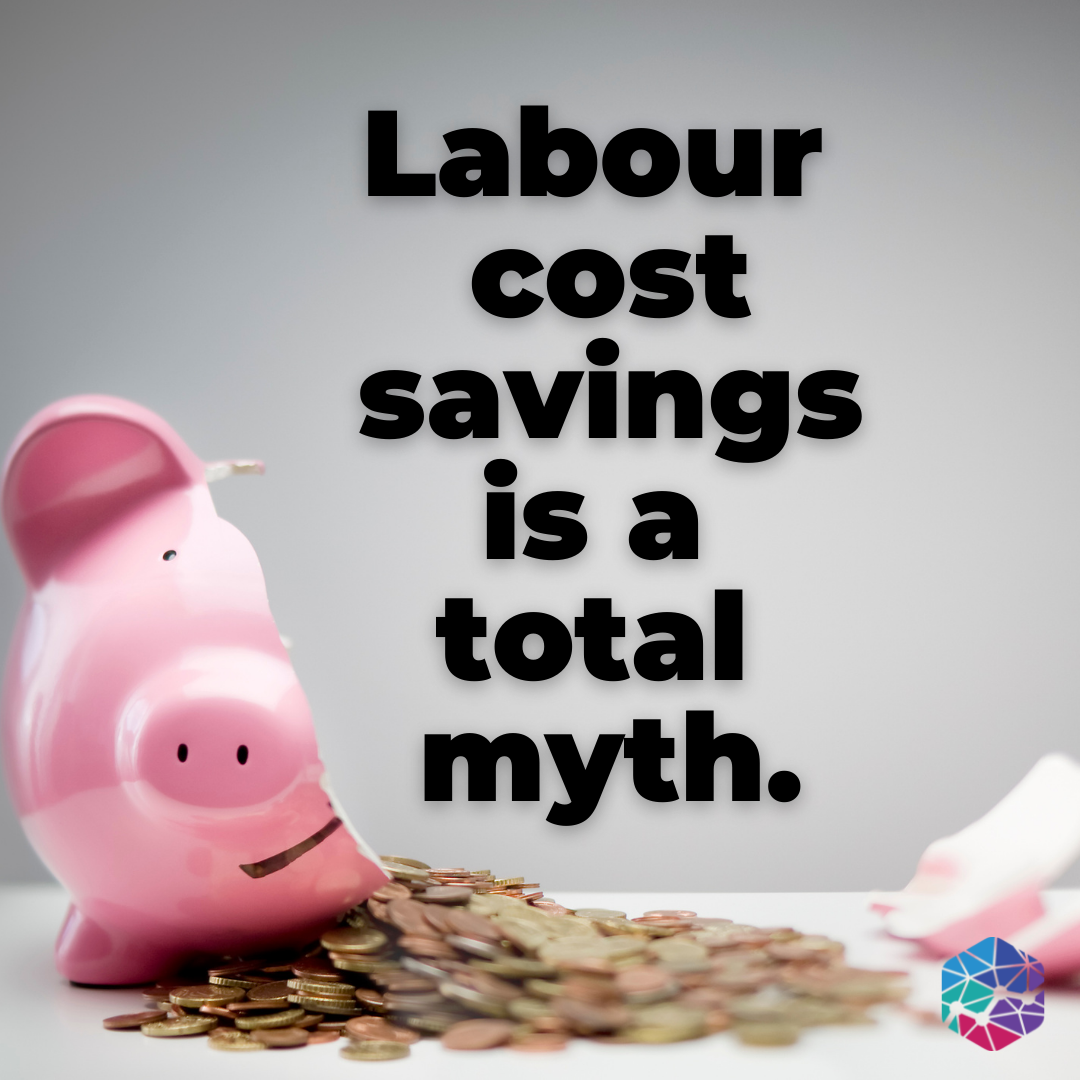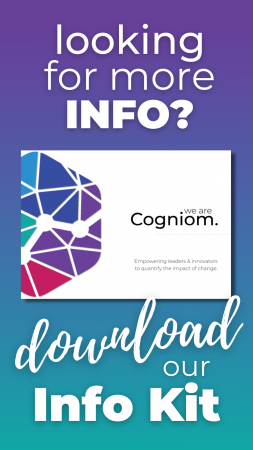“I saved millions in labour costs!”
…But did you? Really?
Sometimes we get lost in the wrong story, or the wrong details when delivering a pitch.
Whether we’re pitching an idea internally or selling a product/service to a potential client, often we’ll get lost in the “fluff” piece. The feel-good story. The “I’m here to save the day and all the kittens stuck in the tree” type of narrative.

While the fluff pieces have purpose, they are rarely the clincher on which decisions are made because at the end of the day all people want to know is… what’s in it for me?
And rightly so!
When it comes to business, the term for “what’s in it for me?” is Return on investment.
What is the return on investment?
Return on Investment (ROI) metrics are often used to set KPIs on implementation projects, show worth of a purchase and ultimately to prove the project / implementation was an overall success.
However, when it comes to proving the ROI, people often focus on the wrong metrics leaving themselves without the ability to properly achieve their goals.
Here are three things to consider when setting metrics and calculating ROI outcomes.
One of the most common practices when it comes to measuring ROI is basing it on labour costs.
“If I implement this new system, it will reduce the amount of time to complete this process, therefore saving millions of dollars in labour costs”
Hooray!… Right?
No.
The only way to save on labour costs is to fire your team.

Unless firing your workforce is the aim, any project based on this cost saving as a metric is doomed to fail. Why? Because even if you streamline processes and shorten the time to complete them, it doesn’t change how much you are paying in wages.
Instead of trying to calculate a labour savings, changing your point of view to look at how much time can be reclaimed will lead to setting realistic and achievable goals. This will allow for opportunities to look at where that time can be reinvested and how that may impact future growth.
Of course, when implementing a change of any variety (process, tools, technology etc) you want to prove the positive impact it has had on your team and business.
However, if you don’t understand how current processes and workflows perform and impact your team, you will have no basis to prove the validity and value of the implemented change.
This can easily be done by collecting information on workflows: how long it takes to complete them, how many people are required, and how it impacts your team.

This sets a baseline so when a change is implemented, you can collect information in the same manner and compare the difference.
This comparison provides you with real life evidence to prove value and success of a project.
While cost savings is a valid and often used metric, thinking about the opportunities for future growth should not be overlooked.
When we look at ROI metrics as time over costs, we can start to explore different opportunities to gain value:
Client Growth: Like mentioned earlier, instead of looking for savings in labour costs, look at how the time saved can impact revenue. The time saved by making workflows more efficient enables your business to potentially increase the capacity of clients that can be supported and therefore capacity of revenue generated.

Team Growth: With more clients and increased revenue, comes opportunity to expand your team. In some cases, it may be the opportunity to hire people to further streamline processes or expand further into new markets or geographic regions.
Future Development: Whether looking at time gained or increase in revenue, the opportunities that a positive ROI outcome presents can have a significant impact on future plans. The combination of the above two points opens doors to reinvest back into your own business and start looking forward to kicking off those future plans.
Return on Investment metrics, when measured and delivered correctly can have a significant impact on decision making and ensuring the right decision for team and business is implemented.
Not only that, but it can create a feeling confidence in the flow on effects and possibilities for achieving future goals. Remember, knowledge is power.
Understanding today allows for better business decisions tomorrow.






